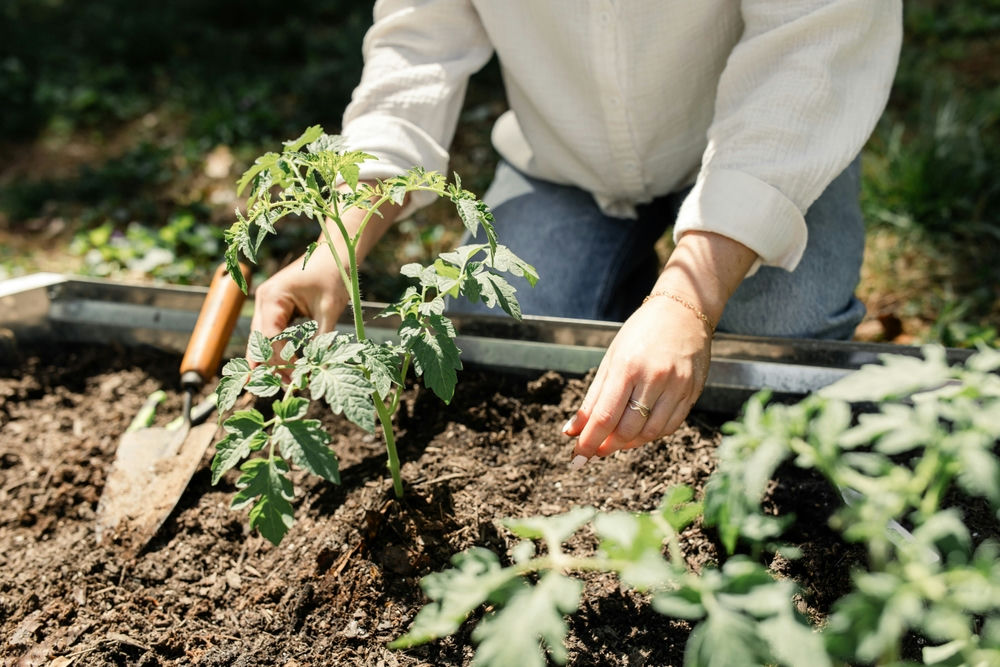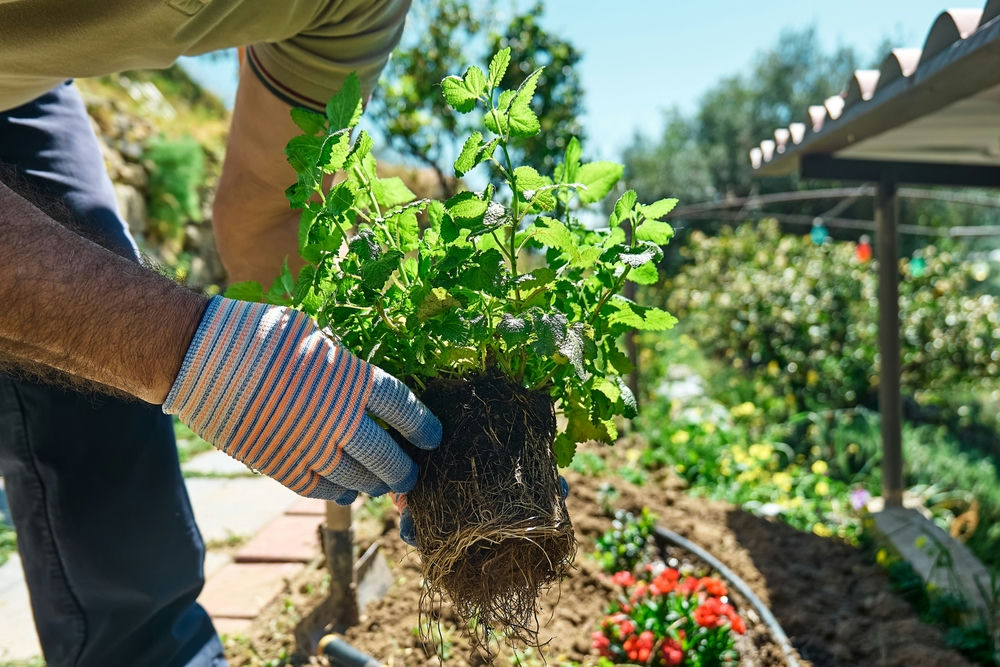Learn to grow microgreens at home, join Grow It Local +
Learn > How To
Understanding sunlight in your garden

Understanding Sunlight in Your Garden
Hey there, garden lovers! Today, we’re shedding some light (pun intended!) on a crucial aspect
of vegetable gardening—understanding how sunlight affects plant growth. Whether you’ve got a
sprawling backyard or a few pots on a balcony, giving your plants just the right amount of
sunshine can be the key to harvesting lush, thriving vegetables.
Why Sunlight Matters
Sunlight is pivotal for photosynthesis, the process by which plants convert light energy into
chemical energy. It influences various plant functions, including growth rate, size, and the timing
of development stages. Without adequate light, plants can become weak and may struggle to
bear fruits or flowers.
Optimal Light for Different Vegetables
Most vegetables flourish under full sunlight, which typically means they need about 6 to 8 hours
of direct sunlight a day. However, not all veggies are sun worshippers:
Full Sun Vegetables: Things like tomatoes, chillies, pumpkins and most root vegetables thrive
with plenty of sunshine. If something has a large fruit, think of that as embodied sunshine, the
bigger the fruit, the more sun the plant needs to produce it.
Partial Shade Veggies: Leafy greens such as spinach and rocket, and herbs like coriander and
parsley, can perform well with about 4 to 6 hours of sunlight.

Assessing Your Garden’s Light
To ensure your garden is getting enough light, observe the sunlight it receives throughout the
day. Keep in mind that light patterns can change with the seasons. Note when light first hits your
patch and when it’s in shade through the seasons, a sunny spot in summer may be in full shade
in winter!
Use a Sun Calculator: If you’re not sure how much sun your garden gets, consider using a
sunlight calculator, it’s a smartphone app! These tools can analyse your garden’s light exposure
over time.
Getting the most light for your garden
Positioning: Arrange your garden so that the tallest plants are at the south or west side to
avoid shading smaller plants.
Pruning: Regularly prune overgrown trees or shrubs that may be casting too much shade on
your vegetable garden.
Too much of a good thing?
Just as too little sunlight can be detrimental, too much sun can lead to scorching, wilting, and
moisture loss. If you live somewhere that routinely gets into the high 30s, low 40s during
summer, then you have to consider protecting your garden from too much sunshine.
Shade Cloths: During the hottest parts of the year, use shade cloths to protect sensitive plants
from midday/afternoon sun.
Watering Adequately: Increase watering on very sunny days to help plants cope with the heat.
Morning Sun: If you can situate your garden where it gets morning sun, but is sheltered from
the blistering afternoon sun your plants will thank you.
Summing It All Up
Getting the right amount of sunlight is essential for growing a successful vegetable garden..
Remember, each plant has its own unique sunlight preference, so choose where you situate
your garden and what plants you plant where wisely!
Here’s to a bountiful, sun-kissed garden this season! Happy gardening!



